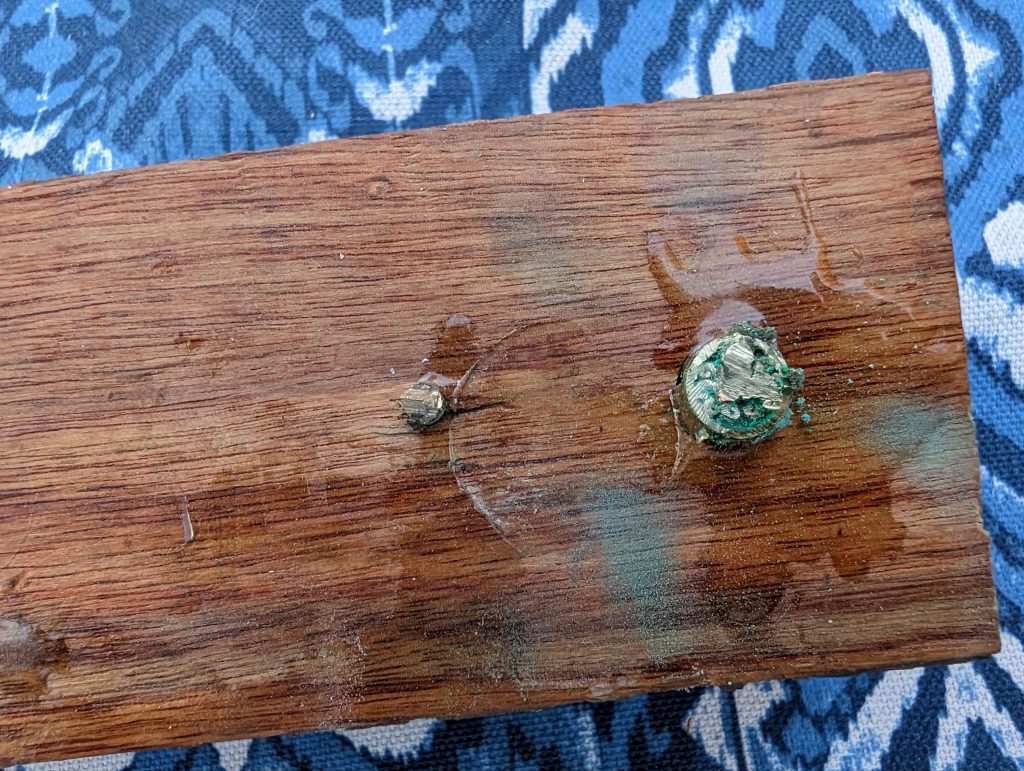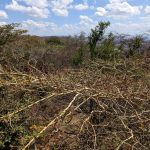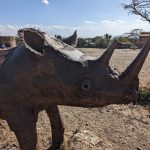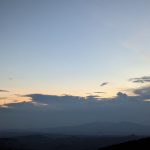(More Kenya notes)
On the morning of Saturday, November 19, 2022, the Droidcon speakers were to meet at the Shell station on Waiyaki Way, which was just a short walk from my hotel. We were told we were going to leave promptly at 10:00, which was met with some laughter.
So at 9:30, I was dutifully waiting, all alone, at the Shell station.
By 10, there were a handful of people there, and other started arriving. By 11, there were enough people there to start talking about how transportation was going to work, and a little after 11, we started walking over to where we were going to meet our matatus for the trip. Which happened to be back over in front of the Jacaranda hotel.
We loaded into the matatu, where there was very, very loud music playing, and music videos on numerous TVs.
After another 20 minutes or so, another matatu arrived, and we redistributed between the two, and finally, just before noon, we pulled out, music thumping, towards the mystery outing.
We went through Langata, and Rongai, and out into Maasai land, and around 2:30, arrived at Olepolos Country Club, in Kiserian, for nyama choma.
I’m really glad I went. It was certainly not something that I would have chosen on my own, with the super-loud music and the hours of driving. But the time with new friends, and an amazing view once we got there, and good conversations there, were just a wonderful experience.
While there, Frank and I walked around, and he showed me the Maasai boma that was there on the property. (I did not take any pictures of that, since the people living there were not eager to be photographed.
I was fascinated to learn that, even now in 2022, the Maasai people live as they always have. Frank told me some about their traditions, and how they live. One man will have many wives, each of whom has their own hut for themselves and their kids. Each evening, the man will decide which wife he wants to stay with, and will plant his spear at the door of her hut. All the other residents of that hut will have to find other lodgings for the evening.
When he wants another wife, he is not obliged to inform her. Rather, he negotiates a bride price with her father, and the other wives fetch her, and help her build her new hut in the boma.
I also learned that daughters do not look at their father, as it is disrespectful. They would certainly not look him in the face, but must avert their eyes when he is near.
After dinner, the matatus had already left, and so I was put in a rather small car with 7 people, and we drove back to Nairobi, arriving quite late.
Another really delightful, and very long, day.
































































